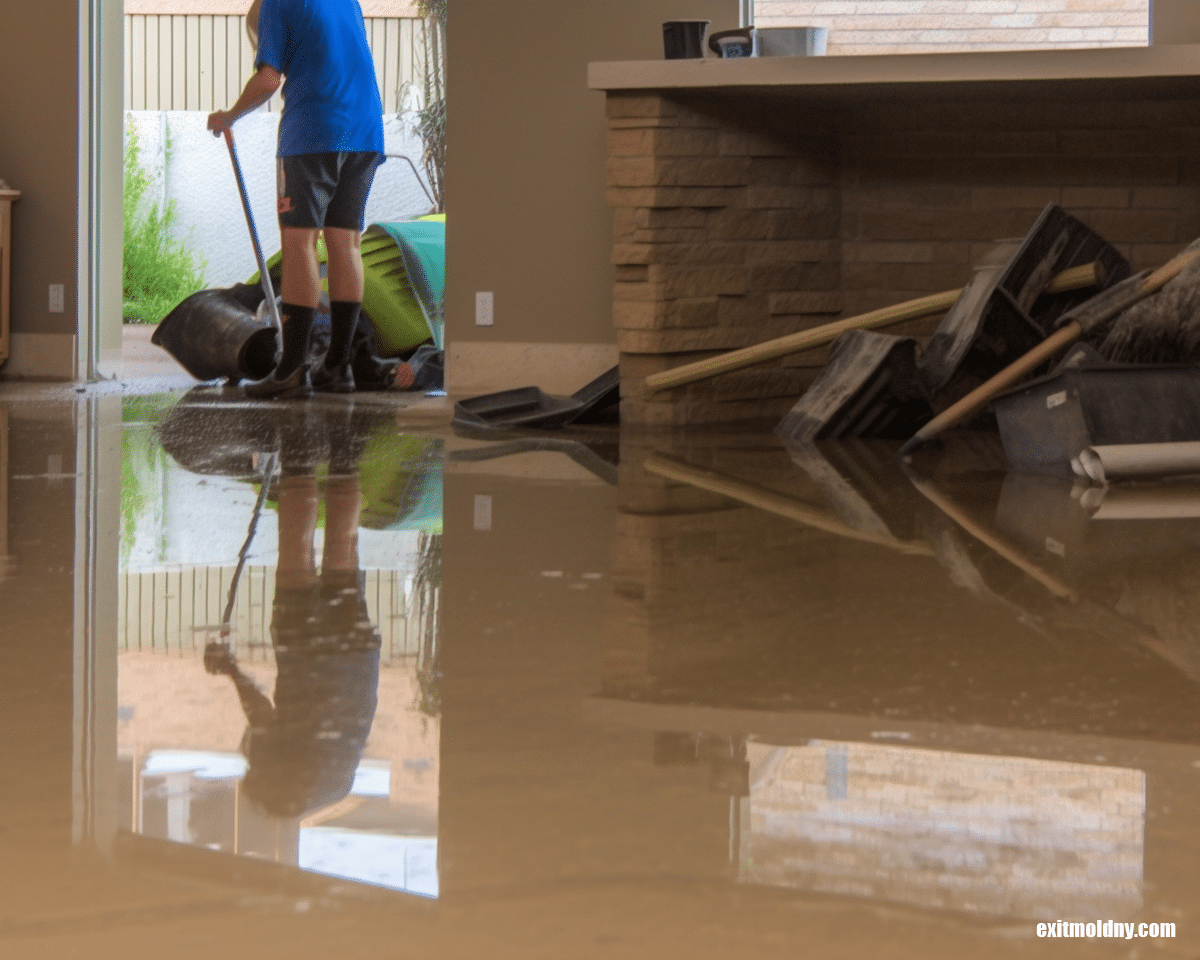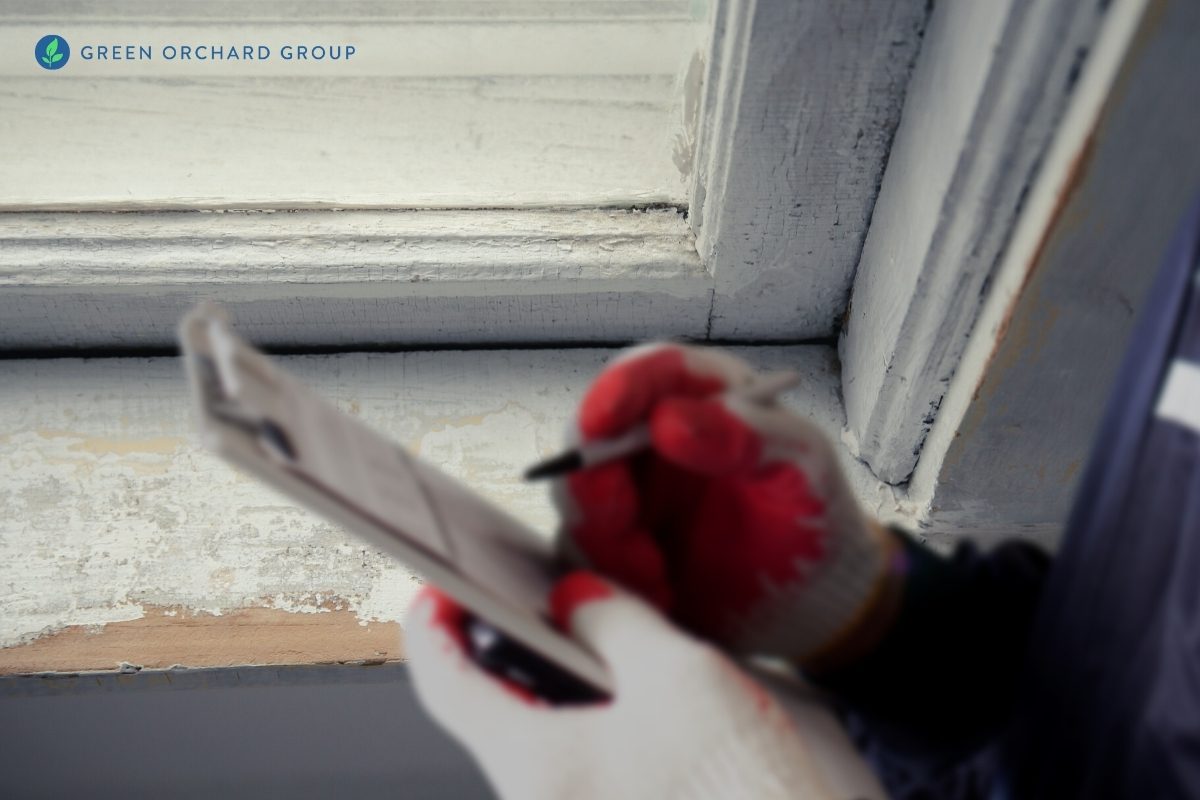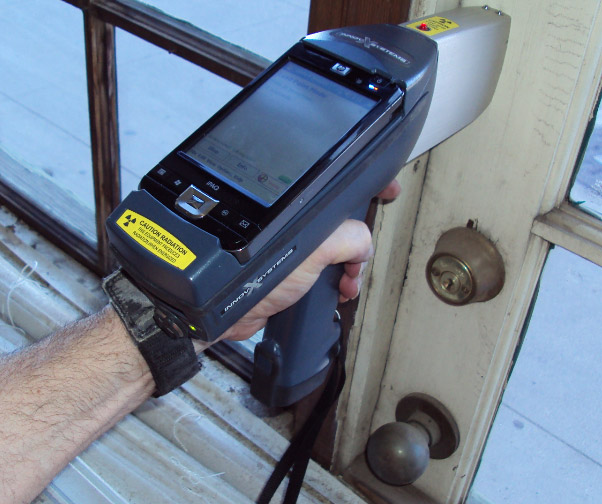Specialist Lead Violation Removal in NYC-- Guard Versus Health Hazards
Specialist Lead Violation Removal in NYC-- Guard Versus Health Hazards
Blog Article
Important Tools and Techniques for Efficient Lead Violation Cleaning
Addressing lead infractions efficiently requires a thorough strategy that blends the right devices with strategic methods. Simultaneously, the use of specialized clean-up devices, such as HEPA vacuums and lead-specific cleaning representatives, is important for detailed contaminant removal. Reliable control methods, including plastic sheet and adverse air pressure systems, are important to avoid the spread of harmful products.
Individual Protective Devices
Individual safety tools (PPE) is a crucial element in the efficient monitoring of lead contamination cleaning. PPE acts as an important barrier, securing employees from the unsafe results of lead direct exposure, which can result in severe health repercussions. The vital PPE for lead clean-up consists of respirators, safety garments, handwear covers, and eye security. Each kind of devices is particularly created to alleviate various dangers connected with lead bits and dust.
Respirators, especially those furnished with HEPA filters, are vital for filtering airborne lead particles, protecting against breathing. Appropriate fit and seal checks are important to ensure their effectiveness. Safety garments, including coveralls and disposable matches, stops lead dust from sticking to employees' garments, decreasing the risk of second contamination. Gloves, generally made of nitrile or latex, secure the skin from direct call with lead, while security goggles or full-face shields shield the eyes from dust and particles.
Furthermore, strenuous training on the right usage and maintenance of PPE is necessary. Workers have to be enlightened on putting on and doffing procedures to avoid contamination. Routine assessments and substitutes of PPE parts are required to keep their protective abilities, making certain a secure and certified clean-up procedure.
Specialized Cleanup Tools

Another necessary tool is the wet/dry vacuum cleaner, which can effectively cleanse up both dust and fluid impurities. These vacuums usually come with HEPA filters to offer an added layer of safety. Wet cleans or tack cloths are additionally vital for surface cleaning; they are specifically designed to capture and hold lead fragments, lowering the risk of spreading out contamination.
For more persistent down payments, specialized lead-removal cleaner are needed. These agents are developed to damage down lead fragments, making them less complicated to eliminate. Scrub brushes with tough bristles can help in this process, specifically on rough surface areas where lead dust has a tendency to stick more strongly.
Furthermore, encapsulants are made use of to secure lead-contaminated surface areas, protecting against the release of lead dirt. These specialized paints and layers are designed to follow numerous substratums, giving a lasting remedy for lead containment.
Efficient Control Approaches
Reliable control techniques are essential in mitigating the spread of lead contamination during clean-up tasks. Carrying out durable containment strategies guarantees that lead bits do not migrate to untouched areas, therefore protecting both workers and the setting (DOH & HPD Lead Violation Removal NYC).

To enhance control, encapsulants can be related to surfaces that are not being eliminated or interrupted. These specialized finishings bind lead dust, decreasing its schedule for resuspension. Additionally, all employees must use proper Individual Safety Devices (PPE), consisting of respirators and disposable suits, to protect against contamination spread.
Safe Disposal Practices
Guaranteeing secure disposal practices is an essential element in the administration of lead contamination clean-up. Proper disposal minimizes the danger of lead coming back the environment and endangering public wellness. The primary step is to determine and set apart lead-contaminated waste from other products. Secure control utilizing sturdy, watertight containers is vital to stop spillage during transportation.
Transferring lead waste requires adherence to strict standards. Making use of qualified harmful waste carriers makes sure that the products are taken care of properly. Paperwork, including manifests outlining the type and quantity of waste, need to go along with shipments to track the waste from the site of beginning to its final disposal go to this website destination.
Designated hazardous waste disposal facilities are geared up to deal with lead-contaminated materials securely. These facilities frequently employ advanced approaches such as stablizing, solidification, or chemical therapy to neutralize the lead before disposal. Landfilling in specialized, lined areas that avoid leachate from contaminating groundwater is an usual practice for final disposal.
Normal training for personnel associated with lead waste disposal is critical to keep security standards and stop accidental direct exposure. By sticking to these techniques, companies can dramatically minimize the ecological and health and wellness effects related to lead contamination.
Regulatory Conformity Tips

Adhering to regulatory compliance is vital in the effective this article implementation of lead contamination cleaning. Understanding and complying with federal, state, and regional regulations guarantees not only the security and wellness of individuals however also the legal and economic wellness of the cleaning company. The Environmental Defense Agency (EPA) sets strict standards, such as the Lead Renovation, Repair, and Paint (RRP) Guideline, which mandates proper accreditation and training for specialists managing lead-based activities.
Conformity begins with a complete analysis of appropriate legislations and guidelines. Organizations needs to remain updated on any type of legal modifications, which can be facilitated with routine training sessions and subscribing to sector updates. Paperwork is another essential conformity element; keeping detailed records of all tasks, including inspection records, employee training logs, and disposal shows up, is important.
Additionally, engaging with certified lead inspectors or risk assessors ensures that lead hazards are correctly recognized and mitigated. Companies have to implement using Individual Protective Equipment (PPE) and ensure that safety and security methods are purely complied with. Transparent interaction with stakeholders, including employees, customers, and regulatory bodies, will certainly foster a culture click to investigate of conformity and responsibility, inevitably adding to a much safer and a lot more efficient lead clean-up process.
Verdict
Reliable lead infraction cleaning necessitates the combination of specialized devices and strategic approaches to make certain safety and effectiveness. Individual safety equipment (PPE) safeguards workers from exposure, while secure disposal techniques and strict adherence to regulative compliance are crucial for responsibly managing harmful waste.
Report this page